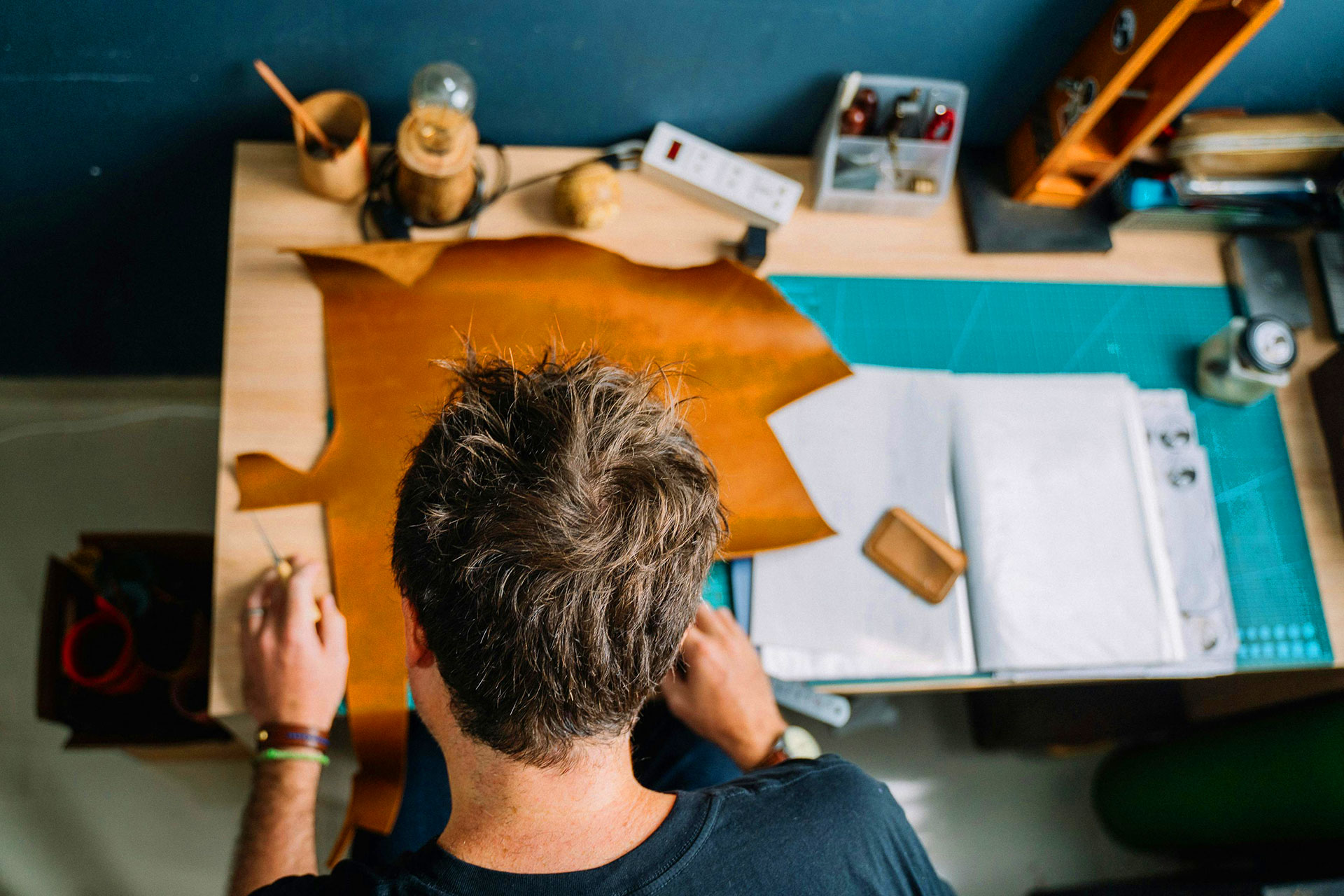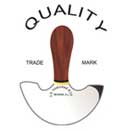
06 Aug Cutting Corners? Not with These Tools
There’s no hiding in leathercraft. Every stitch, every cut, every bevel shows. And when you’re working with premium materials, the room for error disappears. You need tools that show up with the same level of care you bring to your craft.
Rushed cuts and sloppy edges? Not an option. That’s why leatherworkers, especially those who take pride in detail, lean into tools that are built to do the job right the first time.
It Starts with the Cut
The cornerstone of clean leatherwork is the cut itself. A dull blade or an uneven edge throws everything off. You end up fighting the material instead of shaping it.
A sharp, well-balanced knife makes all the difference. Whether you’re working with a head knife for big curves or a trim knife for tight detail, the right tool glides instead of tears. It responds to your motion. It listens to your pressure.
And more importantly, it respects the material.
Don’t Forget the Edge
Once the shape is there, it’s the edge that speaks. A good beveler doesn’t just remove excess, it refines. It gives your piece that smooth, finished look that separates skilled work from rushed assembly.
Edge slickers, when matched to the right type of leather and used with patience, add that subtle shine that turns a good project into a great one. There’s a rhythm to it. And the tools matter more than people think.
Punches That Punch Through Every Time
Uneven holes ruin everything. A crooked line of stitching holes or lopsided lacing? It draws the eye for all the wrong reasons.
Reliable punches give you that consistency. You get holes that are clean, centered, and spaced with purpose. Whether you’re using an oblong punch for straps or a round hollow punch for custom designs, having a tool that bites through leather like it was made for it, that’s not a bonus; it’s essential.
The Feel in the Hand Tells You Everything
Leatherworkers develop instincts fast. You know when a tool’s off. When the weight’s wrong, or the grip doesn’t sit right. Good tools don’t just perform, they feel balanced. They give feedback.
That connection between hand and tool is where quality lives. When it feels right, the work flows. When it doesn’t, frustration follows.
Your Work Deserves Better Than “Good Enough”
You didn’t choose leather as a medium because it’s easy. You chose it because it’s honest. It responds to skill. It holds memory. And it demands tools that respect that. Cutting corners doesn’t belong in this craft. Not in the technique, and certainly not in the tools.
So invest in the ones that hold up. The ones that cut clean, feel solid, and never ask for second chances.
Because when the edge matters, shortcuts fail. But real tools? They carry the work all the way to finished.


